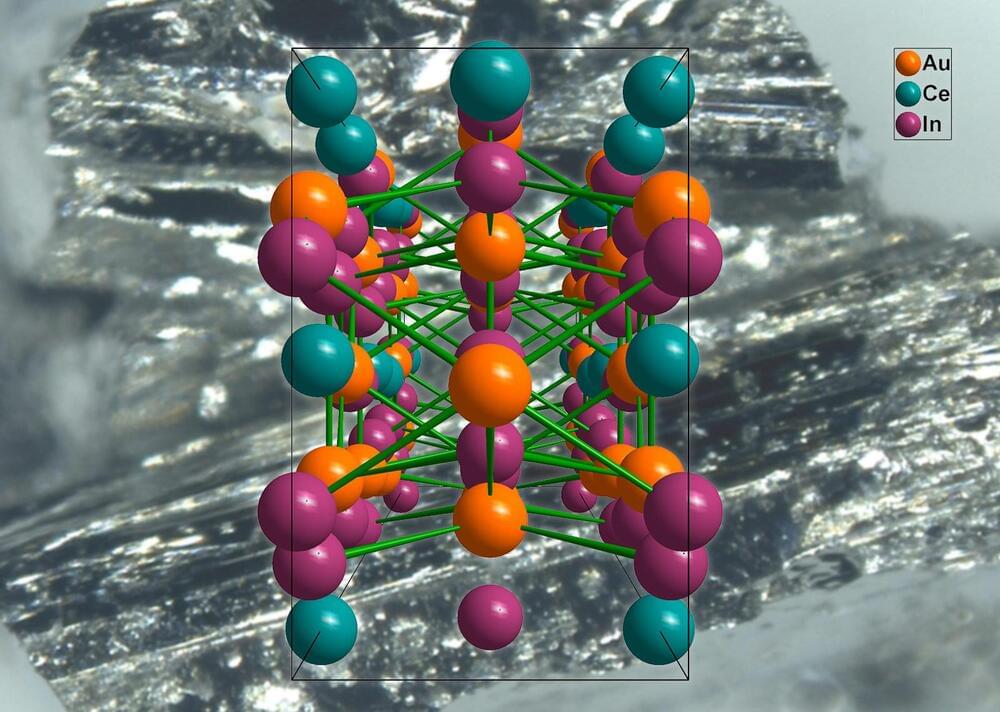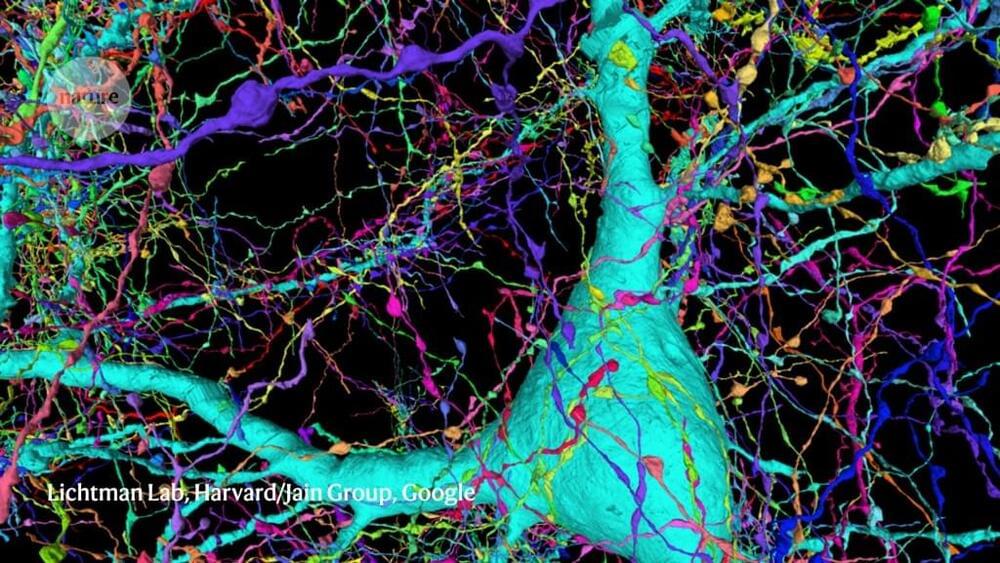Dr. Joscha Bach (MIT Media Lab and the Harvard Program for Evolutionary Dynamics) is an AI researcher who works and writes about cognitive architectures, mental representation, emotion, social modeling, and multi-agent systems.
He is founder of the MicroPsi project, in which virtual agents are constructed and used in a computer model to discover and describe the interactions of emotion, motivation, and cognition of situated agents.
Bach’s mission to build a model of the mind is the bedrock research in the creation of Strong AI, i.e. cognition on par with that of a human being. He is especially interested in the philosophy of AI and in the augmentation of the human mind.
July 25th, 2017




